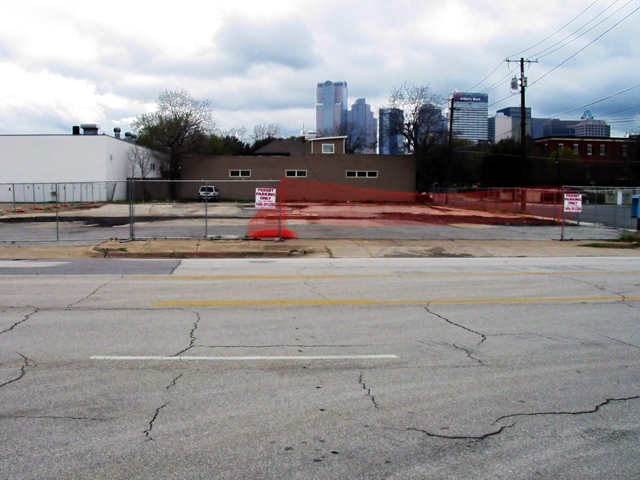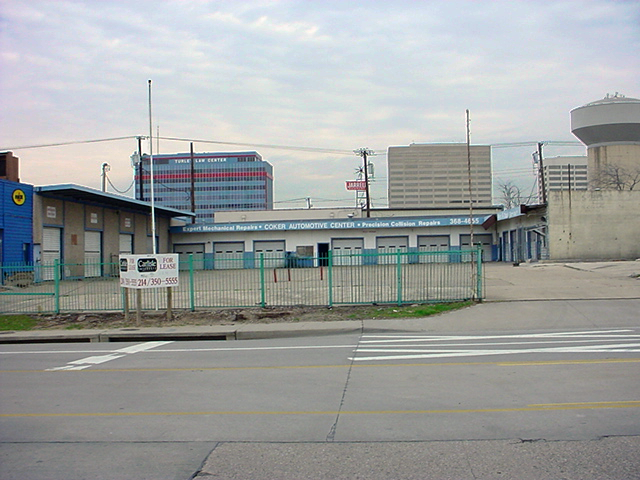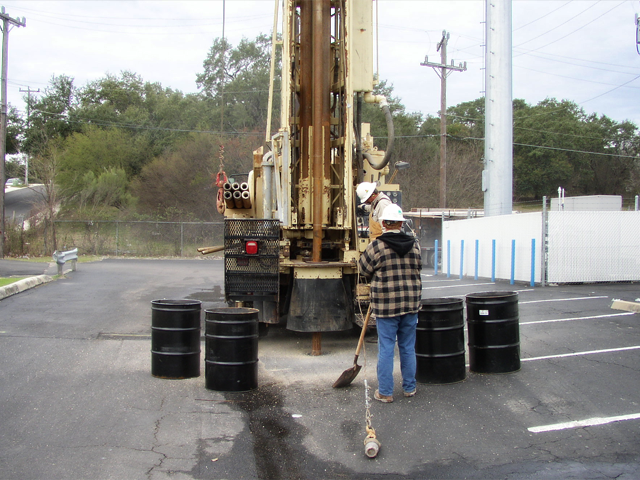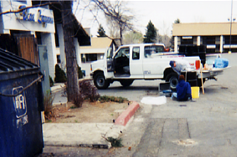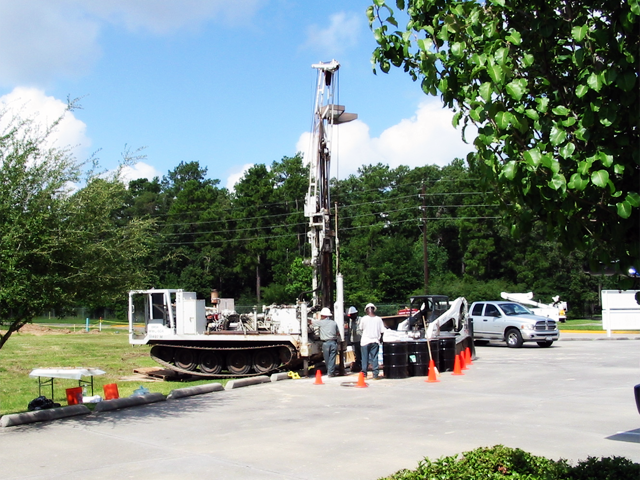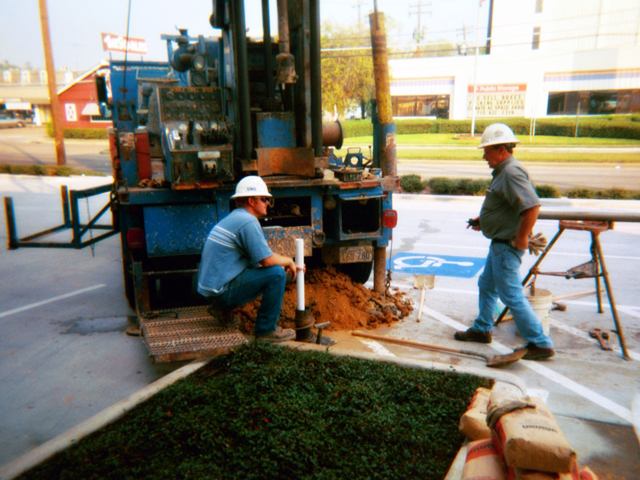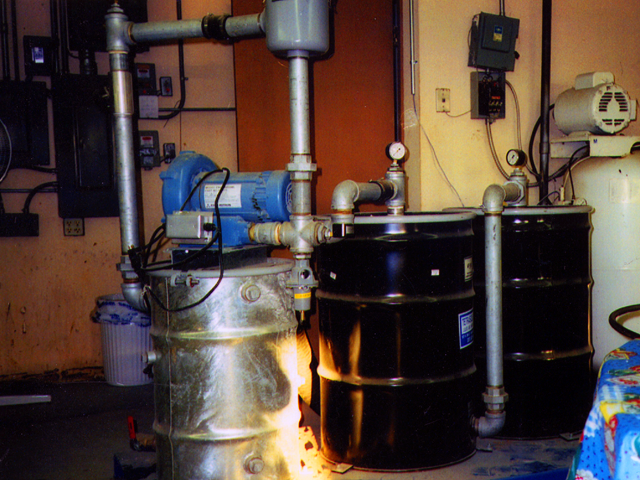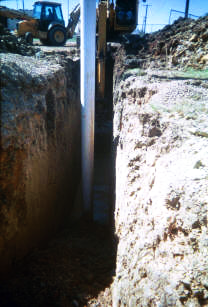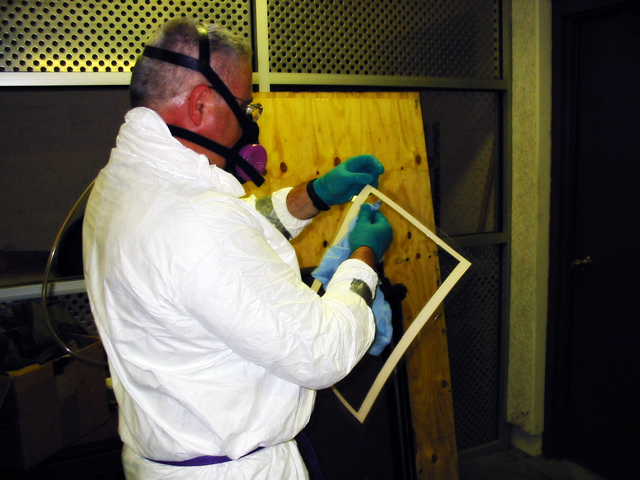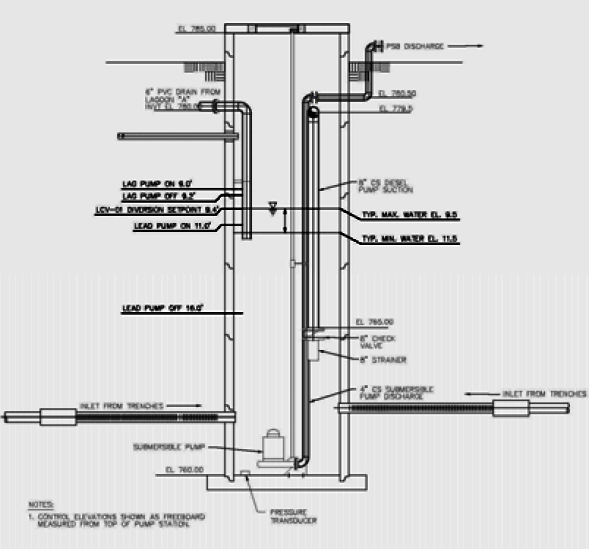Phase I – Environmental Site Assessments (ESAs)
A Phase I Environmental Site Assessment (ESA) is a preliminary assessment on a property or a group of properties to gather historical and current or potential special resource information regarding the environmental status of a site. There are five steps in a Phase I ESA: records review, site reconnaissance, interviews with knowledgeable parties, analysis of gathered information and the preparation of the report.

Phase I ESAs in Four Locations
FEDERAL AVIATION ADMINISTRATION (FAA)
ALBUQUERQUE AND SHEEP SPRINGS, NEW MEXICO
TEXARKANA, ARKANSAS
ROCKSPRINGS, TEXAS
dse conducted four Phase I ESAs modified to include soil sampling and analysis at four sites located in Albuquerque and Sheep Springs, New Mexico, Texarkana, Arkansas, and Rocksprings, Texas for the FAA. Based on prior experience, the FAA determined that significant levels of hydrocarbon constituents, metals and/or PCB contamination in the soil could have resulted from previous practices.
In order to determine if contamination requiring remediation was present, a Phase I ESA was performed at each site. The investigations included background research regarding past operations and practices as well as sampling of shallow soils at each site. The format and requirements of the investigations were complied with ASTM Standard E1527-05, Standard Practice for ESAs: Phase I ESA Process. In addition to the ASTM requirements, collection and analysis of shallow depth soils were incorporated into the investigations for each site.
Multiple Phase I ESAs (GSA)
U.S. GENERAL SERVICES ADMINISTRATION (GSA), REGION 8
MONTANA, UTAH, SOUTH DAKOTA
dse performed eight Phase I ESAs on multiple sites located in the mountain states. These sites were being considered for either purchase or lease for construction of new federal buildings or for divestiture and required reports with a short turnaround. The Cedar City, UT site required additional review of cultural resources and a biological assessment. The site was also reviewed by the SHPO for Piute Indian significance and a potential infestation of prairie dogs, a Utah threatened species. One site included seven parcels of closed EPA Brownfield Sites with former PCB contamination. Another was a former Navy FUDS site with six large buildings and a former DLA metals depository facility.


Multiple Phase I ESAs (FDIC)
FEDERAL DEPOSIT INSURANCE CORPORATION (FDIC)
TEXAS, MISSISSIPPI, TENNESSEE, OHIO
The FDIC insures loans with banks nationwide. When a bank goes out of business, the FDIC takes over the asset properties securing the debt. Sometimes, the borrower defaults on the loan and the FDIC becomes the owner of the property. When this happens, the FDIC requires that a Phase I ESA be performed on the property before it can be put up for auction. The properties that the FDIC owns range from commercial/industrial, residential and undeveloped lands. To date, dse has completed Phase I ESAs on twelve FDIC sites in Texas, Mississippi, Tennessee, and Ohio.
Phase I and Phase II ESA Training
U.S. GENERAL SERVICES ADMINISTRATION (GSA)
FORT WORTH, TEXAS
dse provided training in Phase I/Phase II ESAs to the GSA’s real estate and environmental personnel from the Fort Worth and Denver offices. dse developed training materials and prepared manuals for trainees. dse also customized and prepared training exercises to help trainees develop skills and show examples of the major components of the Phase I/Phase II concepts and presented a three-day multi-media course that focused on ASTM and AAI requirements.
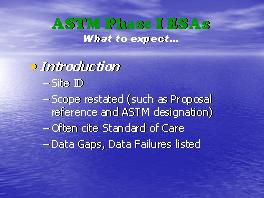
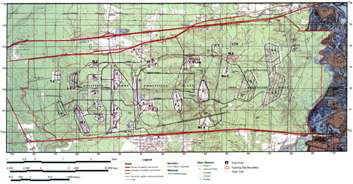
Environmental Baseline Study (EBS)
U.S. DEPARTMENT OF THE ARMY
MINDEN, LOUISIANA
dse performed an extensive EBS on 1,284 acres of the 14,995 acre Louisiana Army Ammunition Plant (LAAP) facility. The purpose of the EBS was to survey the environmental setting, evaluate the environmental impacts of past practices and assess all areas of interest for the purpose of completing the conveyance of the LAAP from the U.S. Department of Army to the State of Louisiana.
The project addressed all five steps in an EBS: records review, site reconnaissance, interviews with knowledgeable parties, analysis of gathered information, and developing the report. dse reviewed over 200 buildings and 15 major tenant leases, comprising a total of over 300,000 square feet. dse’s tasks included compiling the new EBS report with a previously completed EBS and other documents, to prepare one comprehensive report. The draft EBS report was produced in less than eight weeks to meet project deadlines.
Targeted Brownfields Assessment
U.S. ARMY CORPS OF ENGINEERS
TEXAS
These assessments were conducted on behalf of the Property Owners by the U.S. Environmental Protection Agency (EPA) Region 6 Targeted Brownfields Assessment (TBA) program. The EPA Region 6 Brownfields Team funded the United States Army Corps of Engineers (USACE) Fort Worth District to execute the work reflected in these reports. These Phase I ESAs were requested by the designated User as part of their due diligence to assess the current status of environmental conditions and compliance at the Subject Properties. A records review was conducted of available records of public use for indications of Recognized Environmental Conditions (REC) or concerns.

Some documents reviewed included: historical/current aerial photographs, historical city directories, area related geologic/hydrogeologic information, flood plain maps, wetlands maps and others, and depending on Scope, a review request to the State’s Historical Preservation Office. Site reconnaissance of the Site was conducted in an attempt to identify past and present uses of the Site and adjoining properties, the Site’s physical setting, and any obvious environmental conditions. Interviews were attempted to gather information about the Site’s environmental status from people knowledgeable about the Site and surrounding properties. The gathered information was analyzed to produce a report and recommendations.



